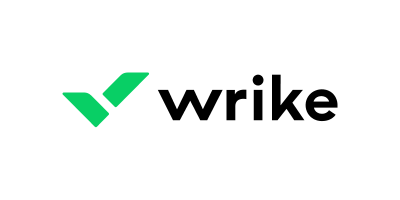
Atlassian has put together an impressive array of products to help make project management incredibly easy. Under one roof you have Jira, Trello and Confluence. Most people in the orbit of business know all about Jira and Trello, as those two pieces of the puzzle are widely used for issue and project management. It’s that third tool most users aren’t aware of. It’s also that third tool you have no idea you needed — until you start using it.
To put it simply, Confluence is the juxtaposition of knowledge and collaboration. Think of Confluence as a collaborative wiki, where you can house documents that are a part of your project. Where Trello allows you to manage the flow of those projects and Jira allows you to track issues for those projects, Confluence allows you to document those projects.
SEE: Hiring kit: Project manager (TechRepublic Premium)
But don’t think of Confluence as a straight-up, standard wiki. Confluence does wiki one better by allowing you to organize your documents into Spaces, so you can assemble together documents for different projects in one centralized location. Confluence also offers features like:
- Unlimited spaces and pages
- Structured page tree
- Macros
- Numerous templates
- Apps and integration
- Page versioning
- Advanced search
- Real-time editing
- Commenting
- Notifications
- Permissions
- Home and personalized feeds
- Announcements and blogs
- Privacy, encryption and compliance
Featured partners
Pages and Spaces
This is one of the ideas that set Confluence apart from a traditional wiki. With Confluence, your work is broken into Spaces, which you can think of as a container to house pages and blog posts with content that centers around a specific project.
Let’s break this down. Let’s say you have Project X, which is comprised of several different parts. You might have Part 1, Part 2, Part 3, Part 4 and Part 5. Under Confluence, Project X would be the home that serves as a launching point for each Space. So, under Project X, you’d create five spaces:
- Part 1
- Part 2
- Part 3
- Part 4
- Part 5
Within each Space, you could then create an overview, which would describe the Part and document the purpose of the part and the team members assigned to the part. You could then create Blog entries, which might serve to keep a running history of the process, and Pages, which might contain documentation for the actual work that’s being done.
Spaces are the heart of Confluence and make it much easier for you to organize your documentation and collaboration home. This is where ideas come together in a collaborative, iterative way.
Beyond project management
Do yourself a favor and stop thinking of Confluence as only a means to a project management end. Why? Because you can make much more out of this platform than just supportive documentation for a project. Confluence can help you:
- Create marketing plans
- Build and share company policies
- Document brainstorming sessions
- House internal communications, briefings and updates
- Provide software, support and system documentation
- Expand your knowledge base
With just a bit of creativity, there’s practically no limit to how you can use Confluence.
My one and only “oops” moment with Confluence
I’ve found Confluence to be a great way to create documents and information for a project that exceeds what a Kanban or Gantt chart might be able to hold. This is a fine means of expanding your project management tools.
However, I’ve found one fundamental pain point — the Overview. When I first started using Confluence, no matter what I tried, I could not figure out how to edit the boilerplate Overview content. It seemed simple enough: Go to the Overview, click the Edit button and edit the content as needed. However, after editing the Overview page, it seems Confluence then turned that overview into a Page, which is not an Overview.
And then it hit me: The Publish button.
It was only by accident that I discovered that after editing the Overview Page, like all other pages, the edits must be published before they appear.
Palm, meet forehead.
Any time you edit a page, those edits remain hidden until you publish them. This makes me question their claim of real-time editing. But even with that little “oops” moment, I have found Confluence to be an invaluable addition to the Atlassian lineup of tools.
If you find the traditional project management tools don’t quite deliver everything you need — and that “everything” includes something akin to documentation, then Confluence might be exactly what you’re missing. If you’re already a Jira or Trello user, begin your adventure with Confluence. You won’t regret the time spent building this platform.
Subscribe to TechRepublic’s How To Make Tech Work on YouTube for all the latest tech advice for business pros from Jack Wallen.










